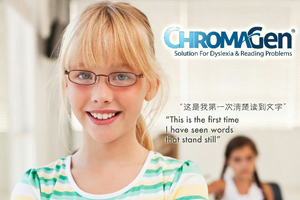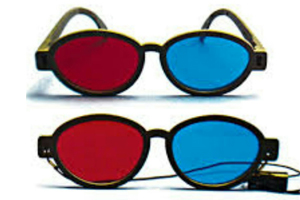Vision therapy (VT) is used to improve vision skills such as eye movement control, eye coordination and eye, whole body coordination. VT is a type of physical therapy for the eyes and brain. It is non-surgical treatment for many common visual problems such as lazy eye, crossed eyes vision (horizontal type), convergence insufficiency and some reading and learning disabilities. Many patients who have been told, “it’s too late” or “you’ll have to learn to live with it” have benefited from vision therapy. It is carried out in both home and office settings, usually under professional supervision by a Behavioral Optometrist.
VT can be prescribed when a comprehensive eye examination indicates that it is an appropriate treatment option, based on the person’s signs and symptoms. Programs typically involve eye exercises and the use of lenses, prisms, filters, occluders, specialized instruments, games, and computer programs. The course of therapy may last weeks to several years, with intermittent monitoring by the Behavioral Optometrist.
Behavioral Vision Therapy aims to treat problems including difficulties of visual attention and concentration. This manifest themselves as an inability to sustain focus or shift focus from one area of space to another. In some groups of patients, accommodative problems are much more common than had one been assumed to be the case. This is particularly so in patients who are under performing in school and who are dyslexic. Some assert that poor eye tracking affects reading skills, and that improving tracking can improve reading.
Vision Therapy and Learning Disabilities
Vision problems may be contributing in some degree to their learning problems. It’s possible, that these learning-related vision problems may successfully treated with vision therapy.
This includes vision therapy for: Peripheral Vision, Colour Perception, Gross Visual-Motor, Fine Visual-Motor, and Visual Perception.
Some of the exercises involve the use of:
- Brock String
- Marsden balls
- Rotation trainers
- Balance board/beams
- Saccadic fixators
- Directional sequencers
- Prism Lenses
- Games
- Computer software
Vision problems being treated with vision therapy include:
Amblyopia. Also called ‘lazy eye’, amblyopia is a vision development problem where an eye fails to attain normal visual acuity with uncorrected prescription, also due to strabismus or other problems of eye teaming.
Strabismus. The success of VT for strabismus depends on the direction, magnitude and frequency of the eye turn. VT has been proven effective for treating an intermittent form of strabismus called convergence insufficiency, which is an inability to keep the eyes properly aligned when reading despite good eye alignment when looking at distant objects. Especially very useful for the patient who has gone through a Strabismus surgical condition.
Other binocular vision problems. Subtle eye alignment problems called phorias that may not produce a visible eye turn but still can cause eye strain and eye fatigue when reading.
Eye movement disorders. VT can improve the accuracy of eye movements used during reading and other close-up work.
Accommodative (focusing) disorders. Near-far focusing skills can be improved with vision therapy.
Other problems. VT may be effective include visual-perceptual disorders, vision problems associated with developmental disabilities and vision problems associated with acquired brain injury (such as from stroke or concussion) which depart from conventional optometry. Therapists aim to treat a broad range of conditions including visual impairments, neurological disorders and learning disabilities.
If you think your child has a vision problem that may affecting his or her performance in school or sports, the first step is to schedule a routine eye exam to rule out short-sightedness, far-sightedness and/or astigmatism.
If the basic eye exam suggests that no glasses are needed (or there is no change in your child’s current eyeglasses prescription) and each eye has 6/6 visual acuity, be aware that a vision problem still may exist. the eye chart used in routine eye exams tests only a person’s distance vision and does not test all critical aspects of visual performance.
For a thorough analysis of your child’s vision, including tests that evaluate vision skills needed for efficient reading, consider scheduling a comprehensive eye exam with an optometrist who specializes in binocular vision, vision therapy and/or vision development.
At the end of the exam, the Behavioural Optometrist should give you a detailed assessment of your child’s vision and visual skills. If vision problems are identified and a program of vision therapy is recommended, be sure to get information about the likely duration of the therapy and success rates for the specific type of vision therapy being recommended. Also, ask what criteria are used to define “successful” treatment.
Traumatic Brain Injury Optometry and Rehabilitation
Very few in the health care professions, including head trauma rehabilitation centres, are adequately aware of visual problems resulting from Traumatic Brain Injury and the visual-perceptual consequences.
Unfortunately, this creates a gap in rehabilitation services, resulting in incomplete treatment and frustration for the patient, family and treatment team.
The vision care professional can play an important role in the rehabilitation effort.
Through vision therapy and the proper use of lenses, a behavioural optometrist specifically trained to work with Traumatic Brain Injury patients can help improve the flow and processing of information between the eyes and the brain.
Essentially, Traumatic Brain Injury is a damage to the brain. It can result from a blow to the head, stroke, or neurological dysfunction.
This can produce a diminished or altered state of consciousness, and may result in impairment of cognitive abilities, sensory processing and/or physical function. Impairments may be mild or severe; most are amenable to rehabilitation.
Specific effects can be:
- Disturbance of behavioural or emotional functioning
- Partial or total functional disability
- Physiological maladjustment
- Visual dysfunction
Hidden visual problems
Often, visual problems resulting from Traumatic Brain Injury are overlooked.
Frequently these problems are hidden and neglected. This makes rehabilitation longer and less effective.
Vision is the most important source of sensory information. It consists of a complex set of interconnecting sub-systems, which are used by the visual process. Processing the vast amount of information is easily disrupted.
Symptoms indicating a vision problem are:
- Blurred vision
- Sensitivity to light
- Reading difficulties, words appear to move
- Comprehension difficulty
- Attention and concentration difficulty
- Memory difficulty
- Double vison
- Aching eyes
- Headaches with visual tasks
- Loss of visual field
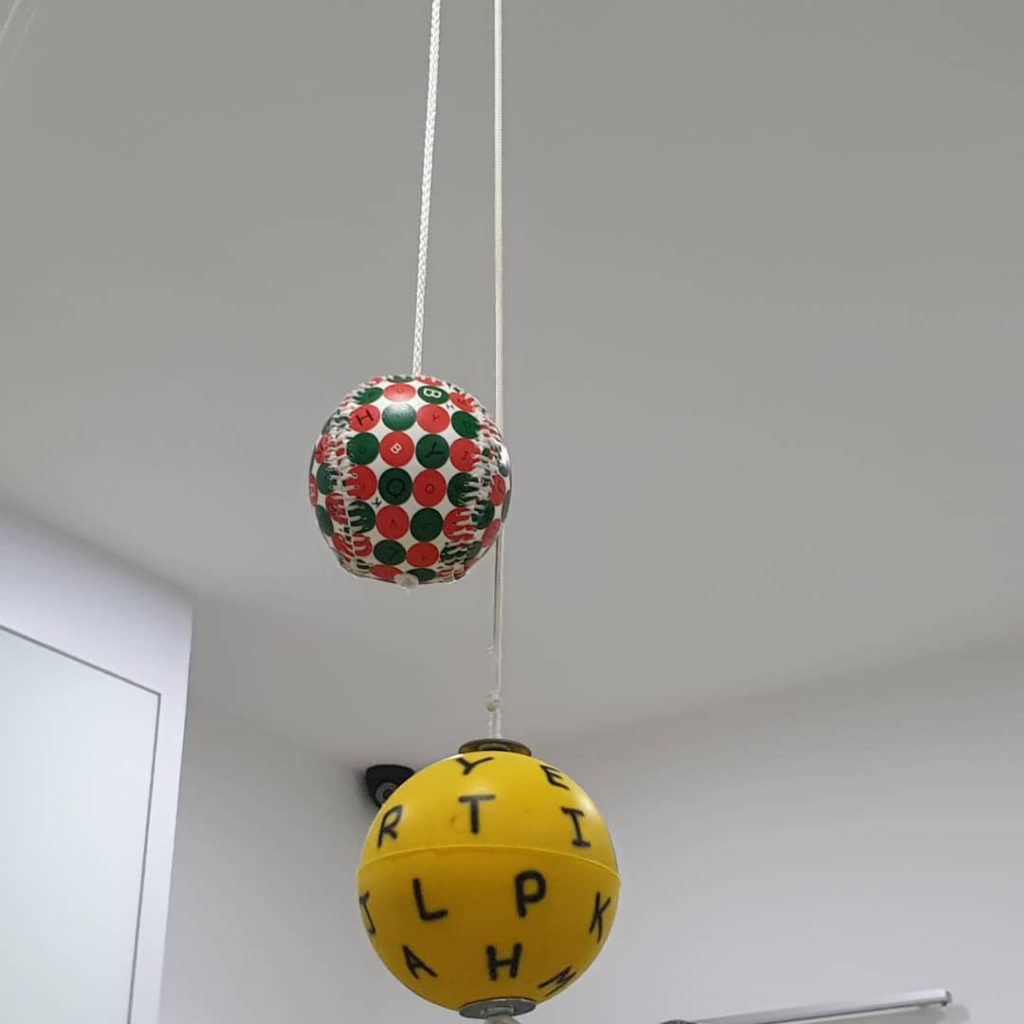
Marden Ball
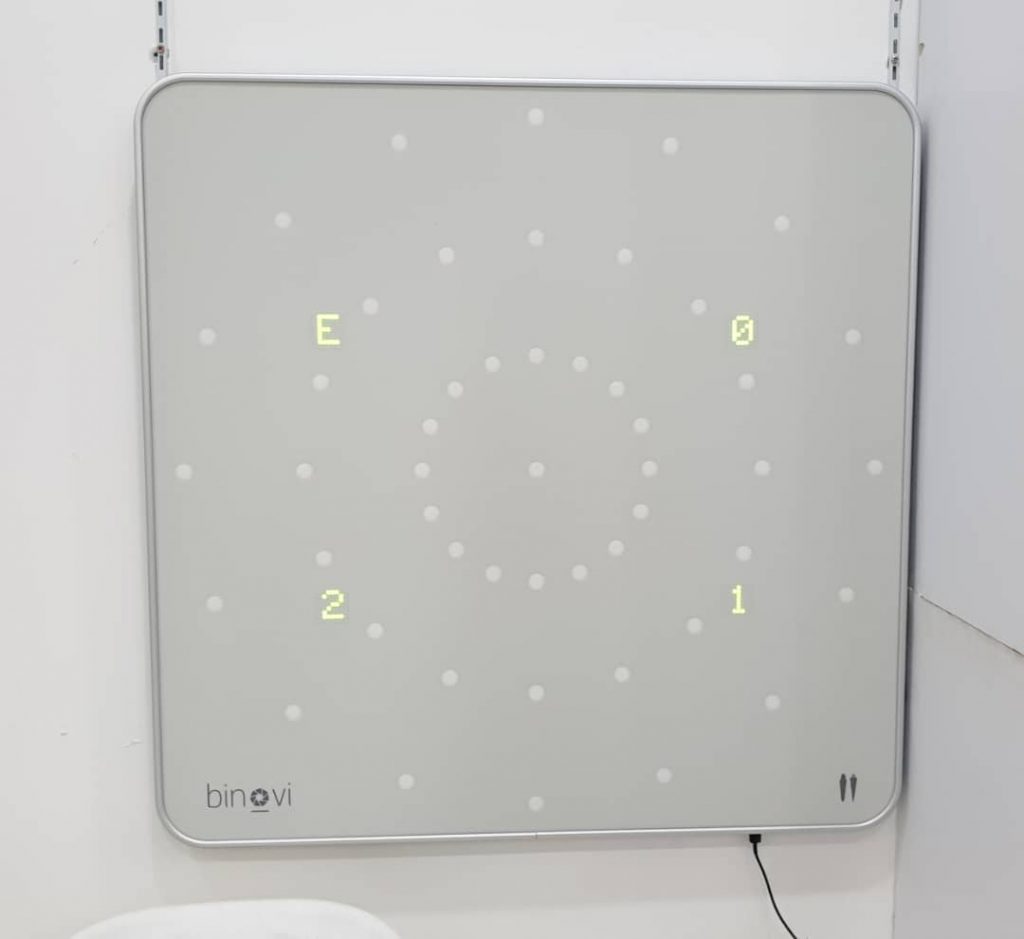
Binovi Touch
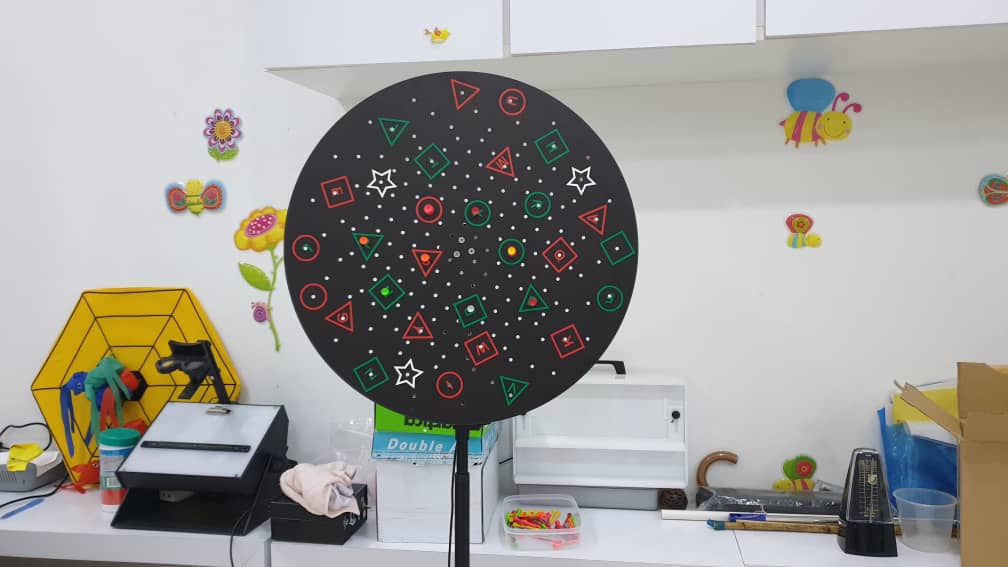
Rotator
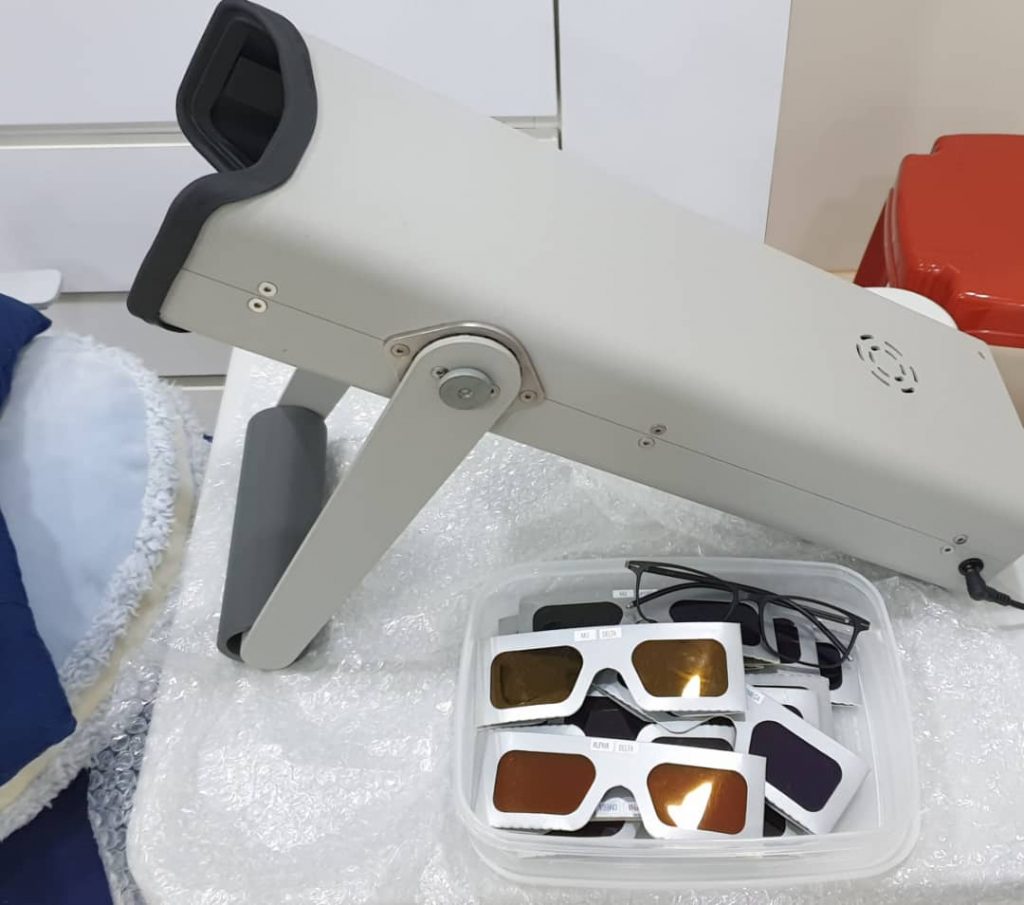
Syntonic Light Vision Therapy
Chromogen colour lens
- Chromogen colour lens is a solution for reading difficulties, dyslexia and colour blind people.
